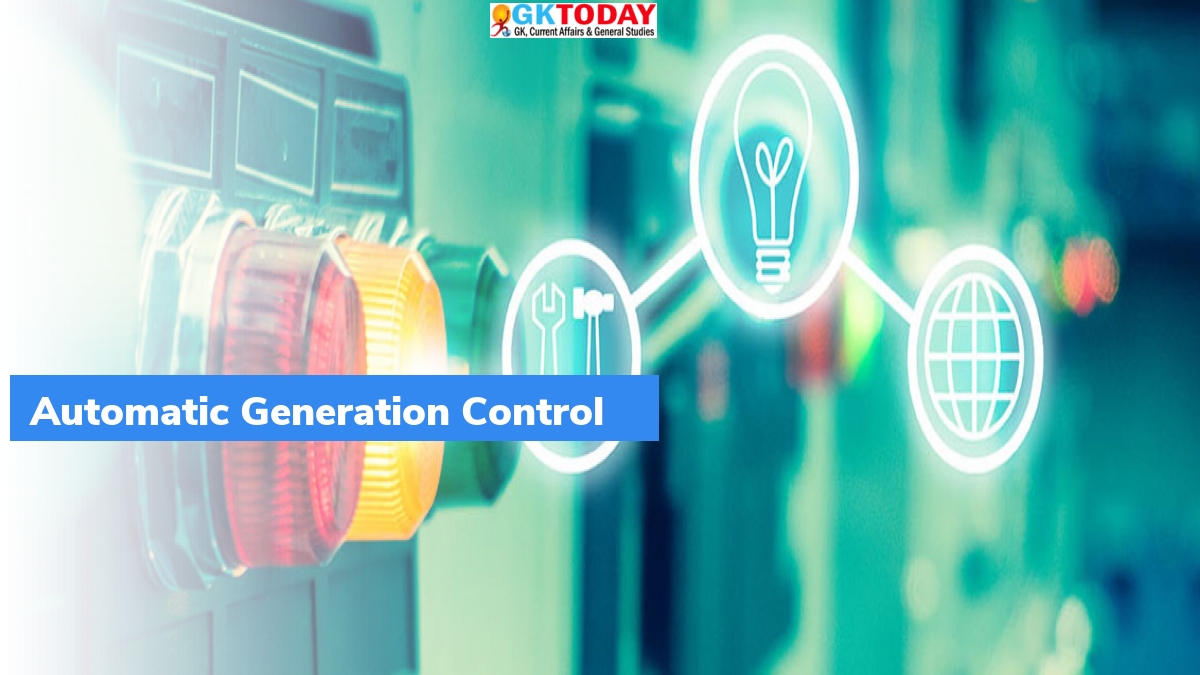Automatic Generation Control
Power and new & renewable energy minister Raj Kumar Singh launched ‘Automatic Generation Control (AGC)’ on January 4, 2022.
Highlights
- The AGC sends signals to the power plants every four seconds in order to maintain frequency. Thus, it also maintains the reliability of India’s power system.
- AGC is expected to facilitate for achieving government’s target of reaching to 500 GW non-fossil fuel-based generation capacity by 2030.
Who is operating AGC?
- Power System Operation Corporation (POSOCO) has been operating the AGC, through National Load Despatch Centre.
- Through AGC, POSOCO sends signals to power plants.
- POSOCO has been taking all measures in order to ensure that the grid frequency always remains within 49.90-50.05 Hz (hertz) band.
Work of POSOCO
POSOCO oversees the India’s critical electricity load management functions through National Load Dispatch Centre (NLDC), State Load Despatch centres (SLDCs) and regional load dispatch centres (RLDCs). Currently, India has 33 SLDCs, 1 NLDC and 5 RLDCs, for the five regional grids forming national grid.
Significance of AGC
AGC holds significance, because four out of five regional load despatch centres (RLDCs) in India have witnessed cyber-attacks. Red Echo, which is a hacker group affiliated with Chinese government, has targeted India’s power grid repeatedly, in 2021.
India’s capacity
On India’s march for achieving the renewable energy capacity of 175 GW in 2022, it has achieved an installed capacity of 150 GW of renewable energy. 63 GW of renewable energy capacity are under other phases of installation.
What is automatic generation control?
AGC is a system for adjusting power output of multiple generators at different power plants, in the electrical power system. Frequent adjustments to output of generators are required because a power grid needs that generation & load closely balance moment by moment. The balance can be achieved by measuring the system frequency. If the frequency increases, more power is being generated than actual requirement. More power causes all the machines in the system to accelerate. If the frequency is decreases, more load is on the system than generation can provide, which force generators to slow down.
Month: Current Affairs - January, 2022
Category: Economy & Banking Current Affairs - 2024


